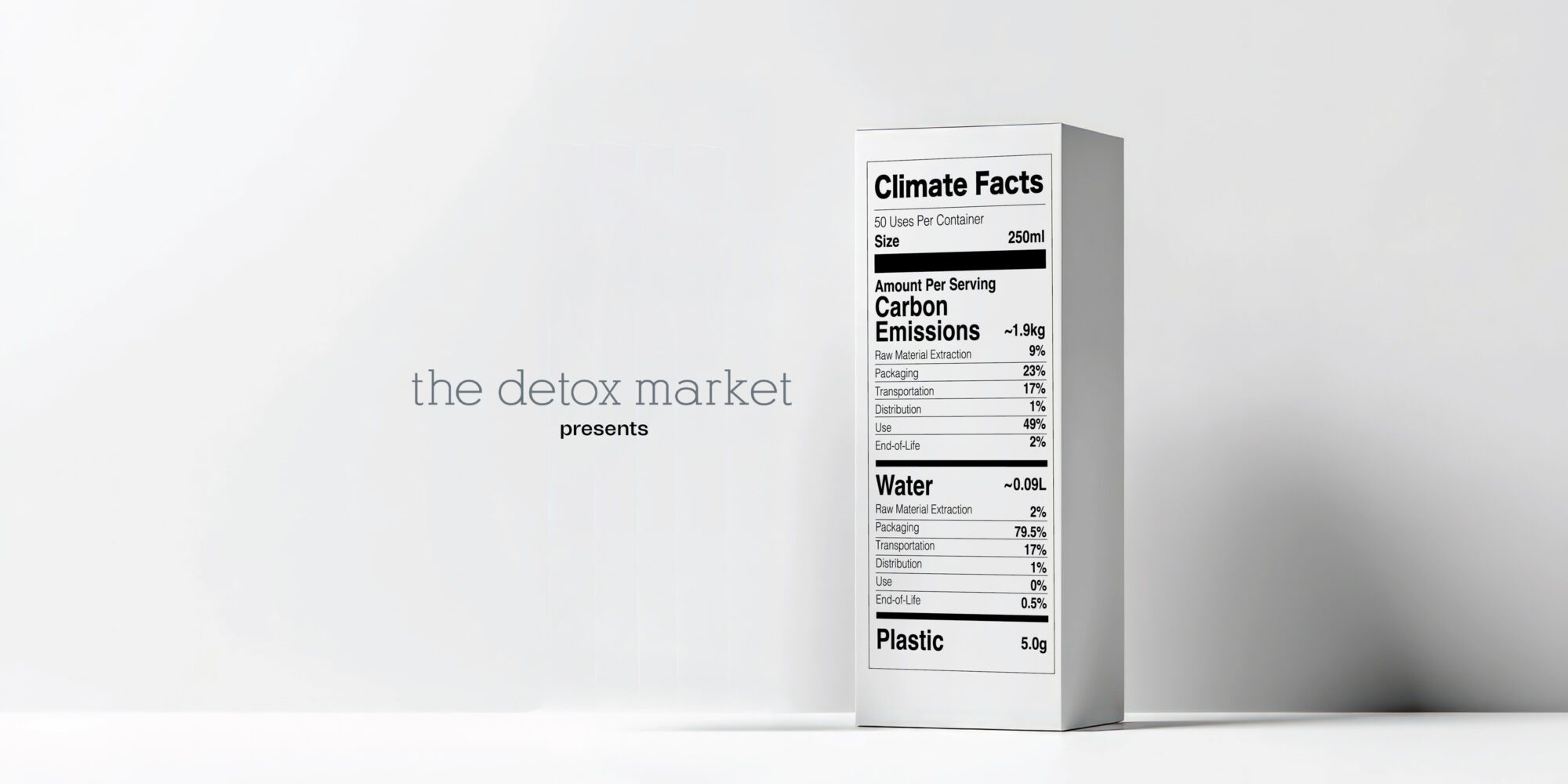
The Detox Market Makes Shopping Sustainably Easier By Sharing Products’ Carbon Footprint
The Detox Market has partnered with European carbon management platform Vaayu to provide customers breakdowns of the carbon, water and plastic footprints of 1,500 products in its selection.
The partnership is part of long-running sustainability efforts by the clean beauty retailer, which has pledged to become carbon negative by planting 2.5 million trees, to position itself at the forefront environmental transparency and sustainable shopping choices. While consumers don’t necessarily spend their dollars where surveys would indicate, they’ve repeatedly told conductors of them that they prioritize sustainable products and will pay premiums for them, even as they confront inflationary and cost-of-living pressures.
“In the short term, it will have absolutely zero impact on sales in a positive way,” says Romain Gaillard, founder and CEO of The Detox Market. “It’s one of those things, just like with clean and ingredients, no one cares until everyone does, and when that happens, whether it’s in two years or five years, then we’ll be in a really good spot just like we were for clean.”
To find breakdowns of carbon, water and plastic footprints of products at The Detox Market, visitors to its website can click on “Climate Impact” tabs on product detail pages. There, they will discover, for example, that Ilia’s Limitless Lash Mascara’s carbon footprint is 6.3 kilograms, and Odacite’s Clarify Serum’s carbon footprint is 1.87 kilograms. Carbon emissions come from raw material extraction, manufacturing, transportation, consumer use and end-of-life waste management. With insights from Vaayu, The Detox Market points out on its site that 1 kilogram of carbon emissions is the equivalent of driving a car for three miles, taking 15 10-minute showers, leaving a stove on for 40 minutes or running air conditioning for 45 minutes.
It took The Detox Market up to eight months to pull together the information for the Climate Impact breakdowns. It calculated the plastic footprint of products by internally weighing them individually. All told, breakdowns have been uploaded for about 85% of The Detox Market’s assortment of 2,500 products from brands like Vintner’s Daughter, OSEA, Odacité, True Botanicals, One Love Organics, Innersense Organic Beauty, Ilia, RMS Beauty and Indie Lee. It has six total stores in the United States and Canada, but 75% of its sales are conducted online.

From diving into the carbon footprints of beauty products, The Detox Market learned that makeup emits greater carbon on average than fragrance or skincare due to the frequency of use and removal methods such as water, cleansers and wipes. After makeup, haircare and body care are the second greatest carbon emitters.
The Detox Market is in the process of educating its store staff on discussing climate impacts with in-person shoppers and receiving feedback on the carbon, plastic and water footprint data from its vendors. Gaillard acknowledges that the data isn’t perfect, and The Detox Market expects to refine it as its understanding of climate impacts increases. In the future, The Detox Market hopes that climate impact details will be as easily accessible to customers as nutrition facts are on food.
“The goal is to start the conversation, improve it, get feedback and change it,” says Gaillard. “I want people to understand the carbon footprint, plastic footprint and water footprint the same way people understand the calorie intake of their food. According to the Paris Climate agreements, in order to contain the rise of global temperatures, we need to get to about six to seven kilos per day per inhabitant worldwide. Right now, worldwide, we’re at 14 kilos a day, so we need to decrease by 50%. But in the U.S. to reach that, we need to go from 38 kilos to seven.”
Along with its Vayuu tie-in, The Detox Market has inked sustainability partnerships with Pact for recycling beauty product waste and CleanHub to offset its plastic footprint. The retailer doesn’t have specific sustainability standards for the products in its assortment, but is planning to establish them. Fellow clean beauty retailer Credo has rolled out sustainability guidelines that eliminate single-use items and reduce virgin plastic and non-recyclable materials. The beauty specialty chain Sephora’s Planet Aware credentialing initiative calls on brands to be more sustainable with their packaging, formulation and ingredient sourcing.
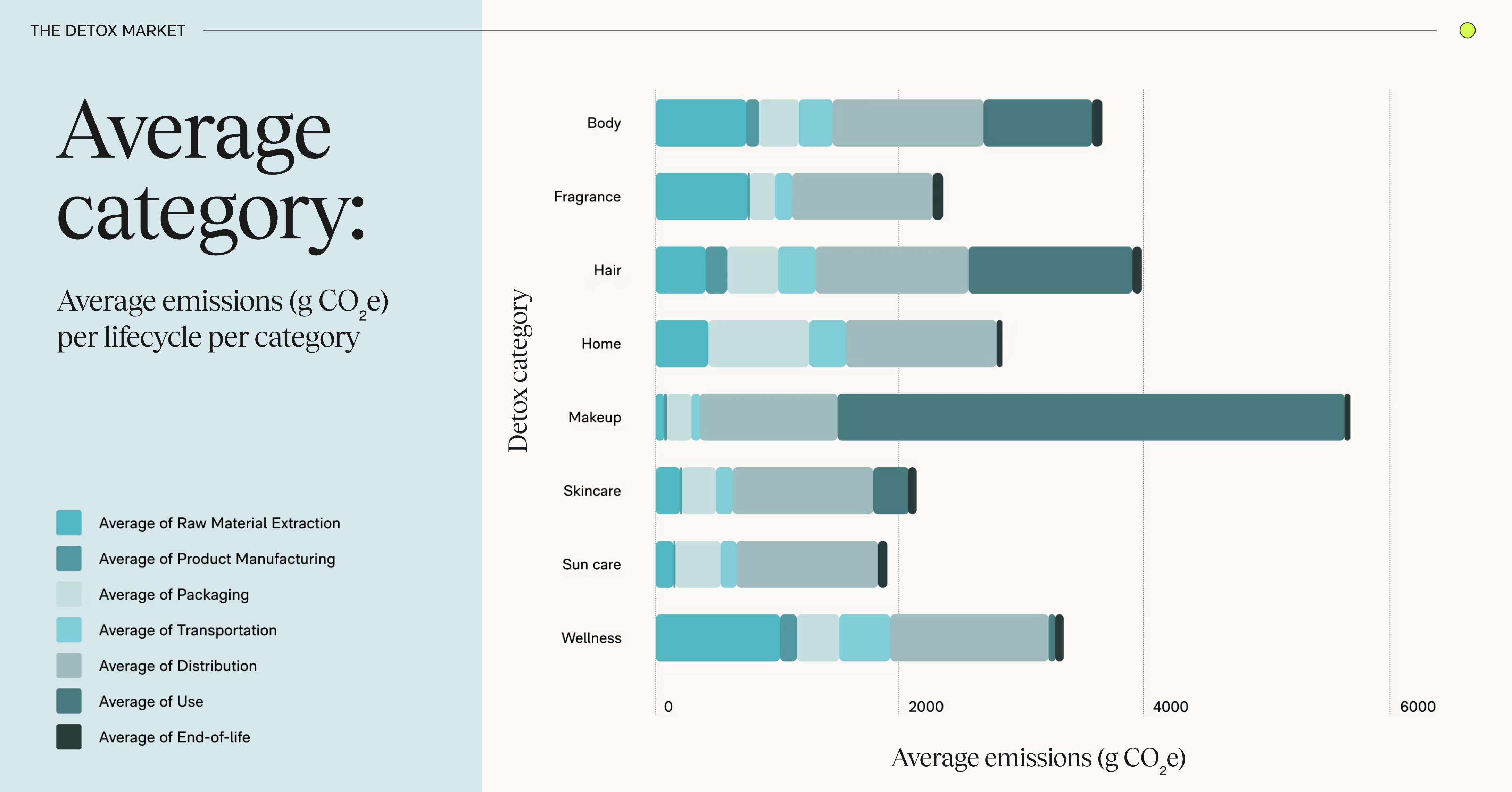
January was a challenging month for The Detox Market. It experienced a sales lull that Gaillard attributes to the Los Angeles wildfires, which forced it to close its Santa Monica and West Hollywood stores for about a week, and uncertainty with President Donald Trump coming into the White House. Last year, sales slipped during the first half of the year, but Gaillard reports they registered a double-digit gain during the second half as The Detox Market optimized its site and ramped up marketing and influencer relationships. Its earned media value, a metric quantifying the worth of exposure through unpaid channels, rose 170% for the period.
After launching four brands and slashing its stockkeeping unit count 30% last year, The Detox Market expects to introduce between 10 and 14 brands this year, starting with Heretic Parfum. It typically introduces 12 brands a year. To keep its assortment edited, The Detox Market has adopted a policy of dropping a brand each time it brings a brand in.
“It’s something we’ve not been good at historically because we love the brands we have selected, even if they don’t do well,” says Gaillard. “We are so careful at launching brands. We give a lot of time for a brand to perform and sometimes it doesn’t work, and honestly we don’t know why, but there’s a point where unfortunately we do have to reduce.”

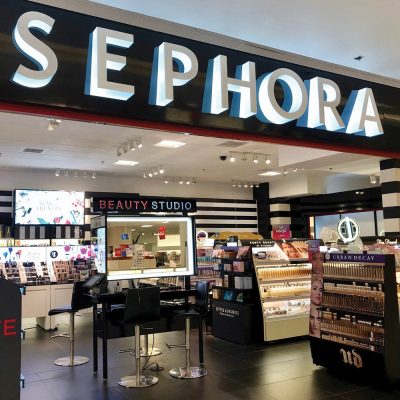
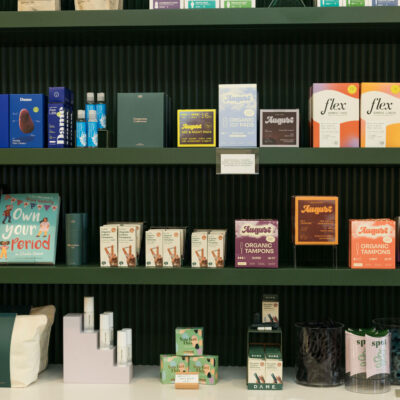
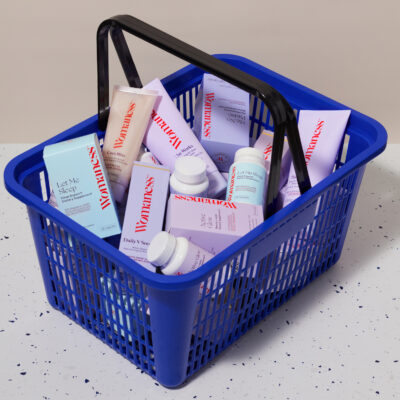

Leave a Reply
You must be logged in to post a comment.